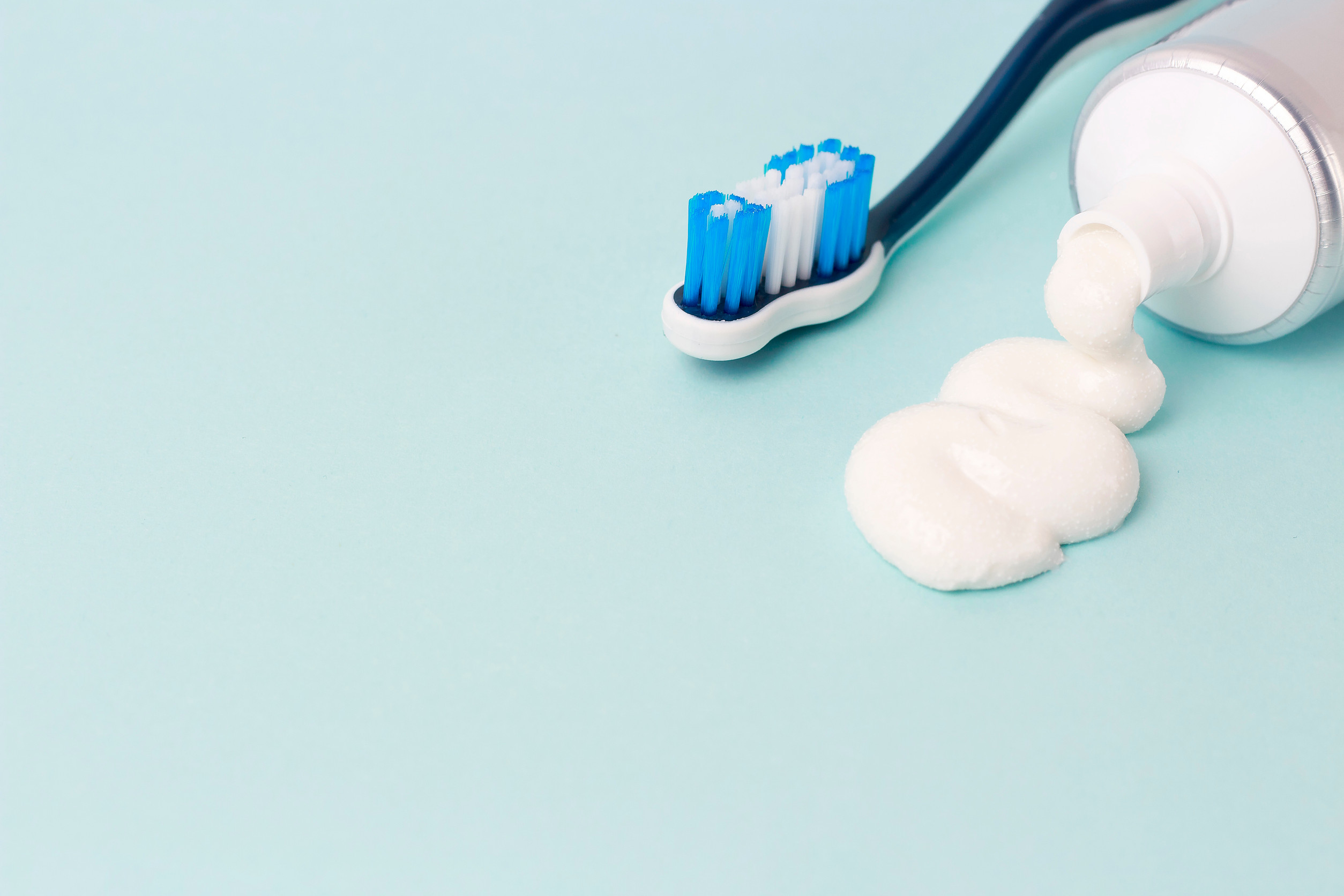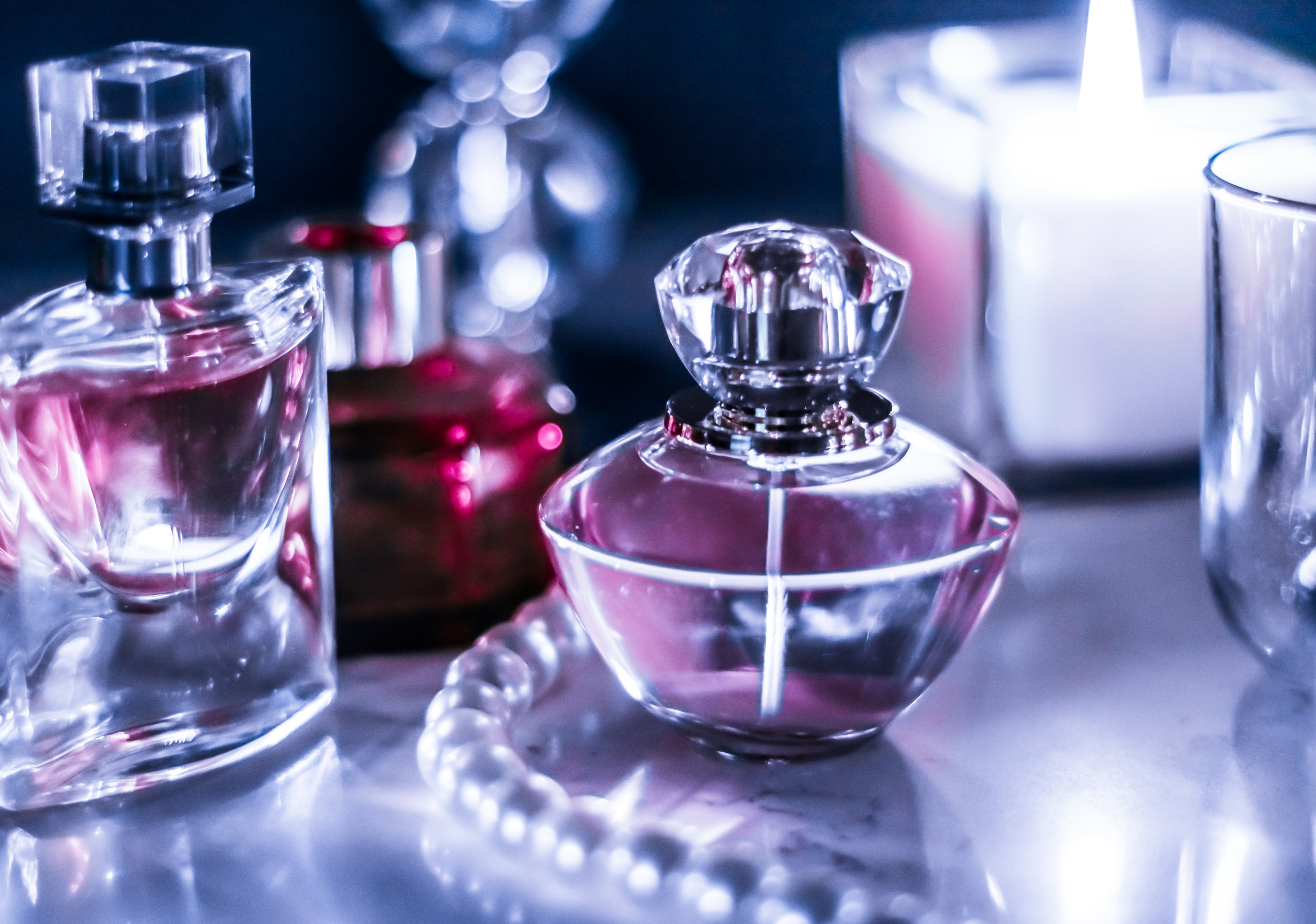
It’s easy to be swept up in the green, leafy promises of the wellness industry. Labels scream “natural,” “clean,” and “non-toxic,” reassuring consumers that what they’re putting on their skin or into their bodies is safe and pure. But a closer look reveals that some of these so-called “natural” products contain ingredients that are anything but safe.
In many cases, brands hide behind vague labeling, legal loopholes, and the general assumption that natural equals harmless. The truth is, not everything derived from nature is good for you—and some of these ingredients can quietly do more harm than good.
1. Essential Oils in Baby Products
Essential oils are often marketed as gentle and healing, especially when they show up in baby lotions, shampoos, or balms. But certain essential oils, like eucalyptus and peppermint, can be far too harsh for infants and even cause respiratory issues. While they may smell refreshing, they’re not always safe on sensitive skin or when inhaled by little ones. The concentration and type of oil matter, yet these details are rarely disclosed on the front of packaging. Parents might unknowingly expose their children to irritants while believing they’re using something nurturing.
2. Charcoal Toothpaste
Charcoal has exploded in popularity in recent years as a trendy, natural way to whiten teeth and “detox” the mouth. However, studies have shown that charcoal is highly abrasive and can wear down enamel over time, leading to long-term dental damage. What’s worse, some charcoal toothpaste products contain no fluoride at all, removing a critical ingredient for preventing cavities.
Despite its black sheen and “purifying” claims, charcoal doesn’t deliver proven oral health benefits. It might make teeth look brighter temporarily, but the cost could be lasting sensitivity and erosion.
3. Natural Deodorants with Baking Soda
Natural deodorants often replace aluminum with baking soda as a sweat-neutralizing ingredient, promoting the switch as a healthier choice. While baking soda is technically natural, it can be extremely irritating to underarm skin, especially with prolonged use. The pH imbalance it creates may cause rashes, redness, and painful bumps in many users. Some people assume this reaction is part of a “detox” phase, when it’s really just a sign of skin damage. Without proper formulation, this alternative can be just as uncomfortable as its synthetic counterparts.
4. Fragrance in “Natural” Perfumes
The word “fragrance” can sound harmless, but it’s often a cloak for dozens of undisclosed chemicals. Even products that call themselves natural perfumes or aromatherapy blends can include synthetic additives mixed in with botanical ingredients. These hidden substances can be linked to allergic reactions, hormone disruption, and even headaches. The loophole lies in the term “fragrance,” which is protected as a trade secret under U.S. regulations, leaving consumers in the dark. It’s a murky area where even well-intentioned brands may not disclose everything.

5. Coconut Oil-Based Hair Products
Coconut oil is beloved for its hydrating properties and is a staple in many hair masks, leave-ins, and conditioners labeled as natural. But when used excessively or on certain hair types, coconut oil can actually clog pores, leading to scalp breakouts or folliculitis. For fine or low-porosity hair, it can create buildup and weigh strands down rather than nourish them.
The issue isn’t that coconut oil is inherently toxic—it’s that its use is often misapplied or misunderstood. And when combined with other occlusive ingredients, the results can be more damaging than advertised.
6. Natural Lip Balms with Menthol or Camphor
Lip balms are supposed to soothe and moisturize, but many natural versions sneak in ingredients like menthol or camphor to provide a cooling effect. These additives may feel refreshing, but they can also dry out the lips over time, triggering a cycle of over-application. In some cases, they can even cause inflammation or allergic reactions. The result is lips that seem addicted to balm, always chapped despite constant use. What appears to be a natural solution can turn into an ongoing problem.
7. Herbal Supplements
Dietary supplements with herbs like kava, comfrey, or ephedra are often marketed as natural remedies for anxiety, energy, or digestion. Yet some of these herbs have been linked to serious liver damage, cardiovascular issues, and other health risks. Because supplements are not as tightly regulated as medications, dangerous dosages or contaminants can slip through.
Just because a plant has been used traditionally doesn’t guarantee it’s safe in modern formulations or quantities. Consumers may believe they’re choosing a healthier path while actually putting their bodies at risk.
8. Clay Face Masks
Clay masks promise detoxification by drawing out impurities, and many products highlight their use of natural clays like bentonite or kaolin. However, some versions contain heavy metals, such as lead or arsenic, which can be absorbed through the skin over time. The FDA does not require pre-market testing for cosmetics, so these contaminants may go unchecked.
Even without added synthetics, the source and purity of the clay are critical but rarely transparent. What’s promoted as a mineral-rich treat for your skin can quietly become a source of toxicity.
9. Natural Household Cleaners with Citrus Oils
Natural cleaning sprays or wipes often contain citrus-derived ingredients like limonene or orange oil, which smell fresh and seem harmless. But when these compounds are exposed to air, they can oxidize into allergens or form formaldehyde in indoor air, especially under sunlight or heat. This creates an unhealthy indoor environment that undermines the whole idea of a “clean” home. People may assume that because the ingredients come from fruit, they’re safe, but chemistry tells a different story. Without proper ventilation, these cleaners can become low-level irritants over time.
10. DIY Natural Skincare with Lemon Juice
DIY skincare tutorials frequently promote lemon juice for brightening the skin or fading dark spots, emphasizing its vitamin C content. However, lemon juice is highly acidic and can severely disrupt the skin’s barrier, causing redness, dryness, and even chemical burns. Phototoxic reactions are also a concern; sun exposure after applying lemon juice can lead to blistering or pigmentation. While the idea of using something straight from the kitchen seems pure, the actual results can be painful and counterproductive. This is a prime example of nature not always being gentle.
Is “Natural” Really Safe?
Just because a product is labeled “natural” doesn’t mean it’s safe, effective, or healthy. From skin irritation to hormone disruption, these ingredients can hide behind branding that preys on trust in nature. Consumers deserve transparency, not buzzwords that gloss over the potential harm.
Taking the time to research ingredients—even in seemingly clean products—can help prevent unwanted effects and long-term damage.
Have you ever had a bad experience with a so-called natural product? Share your story or thoughts in the comments below.
Read More
8 Cities That Are Quietly Becoming Unsafe After Dark
These 8 Products Are Commonly Misused Or Used Incorrectly
The post 10 “Natural” Products That Contain Toxic Ingredients appeared first on Everybody Loves Your Money.







